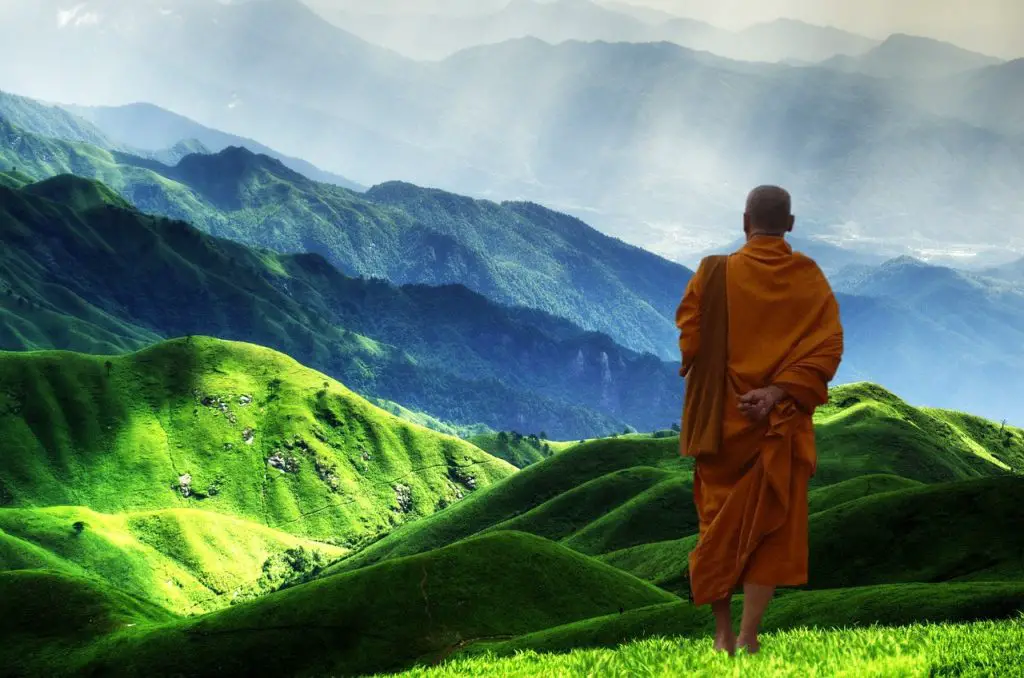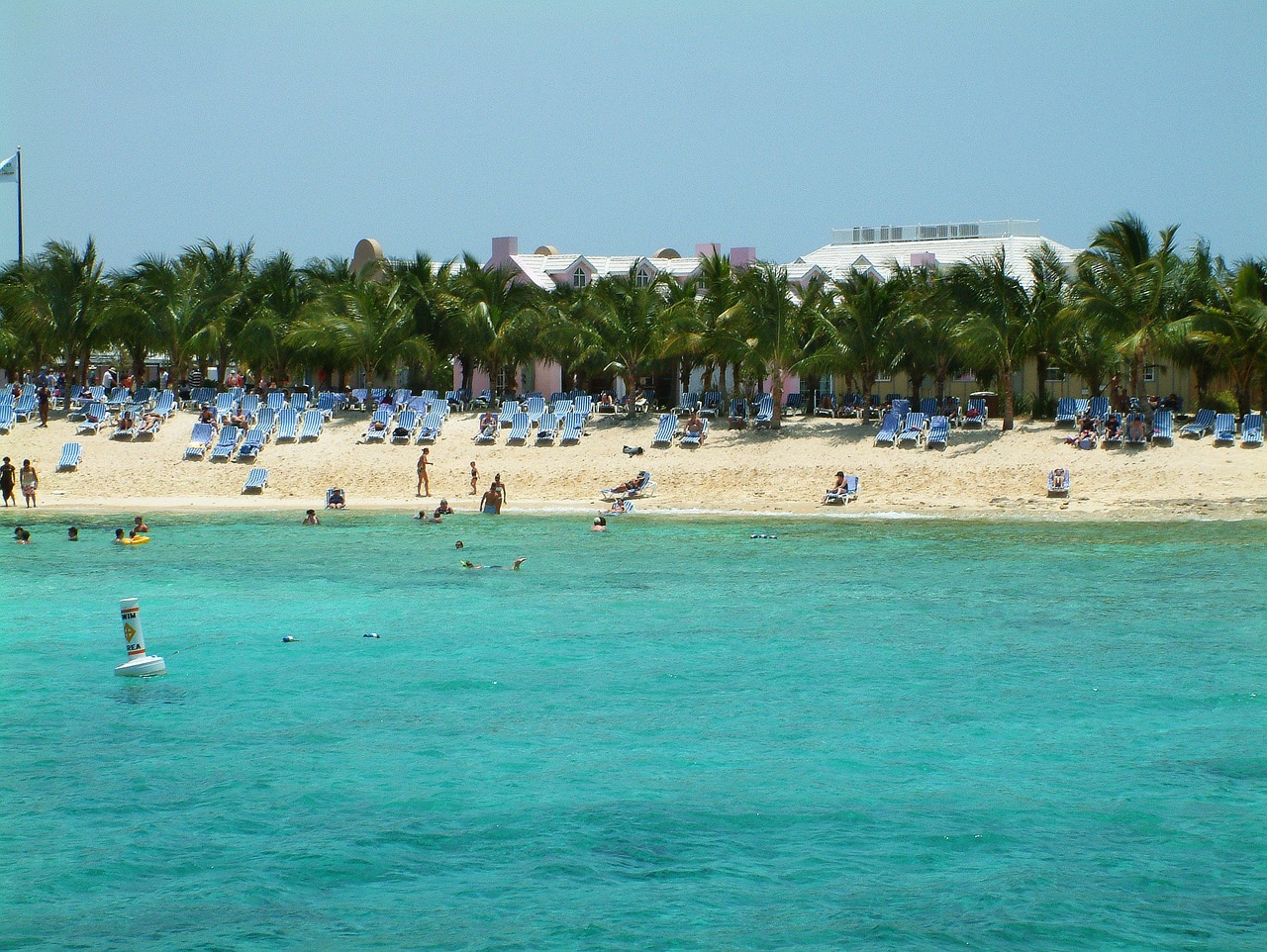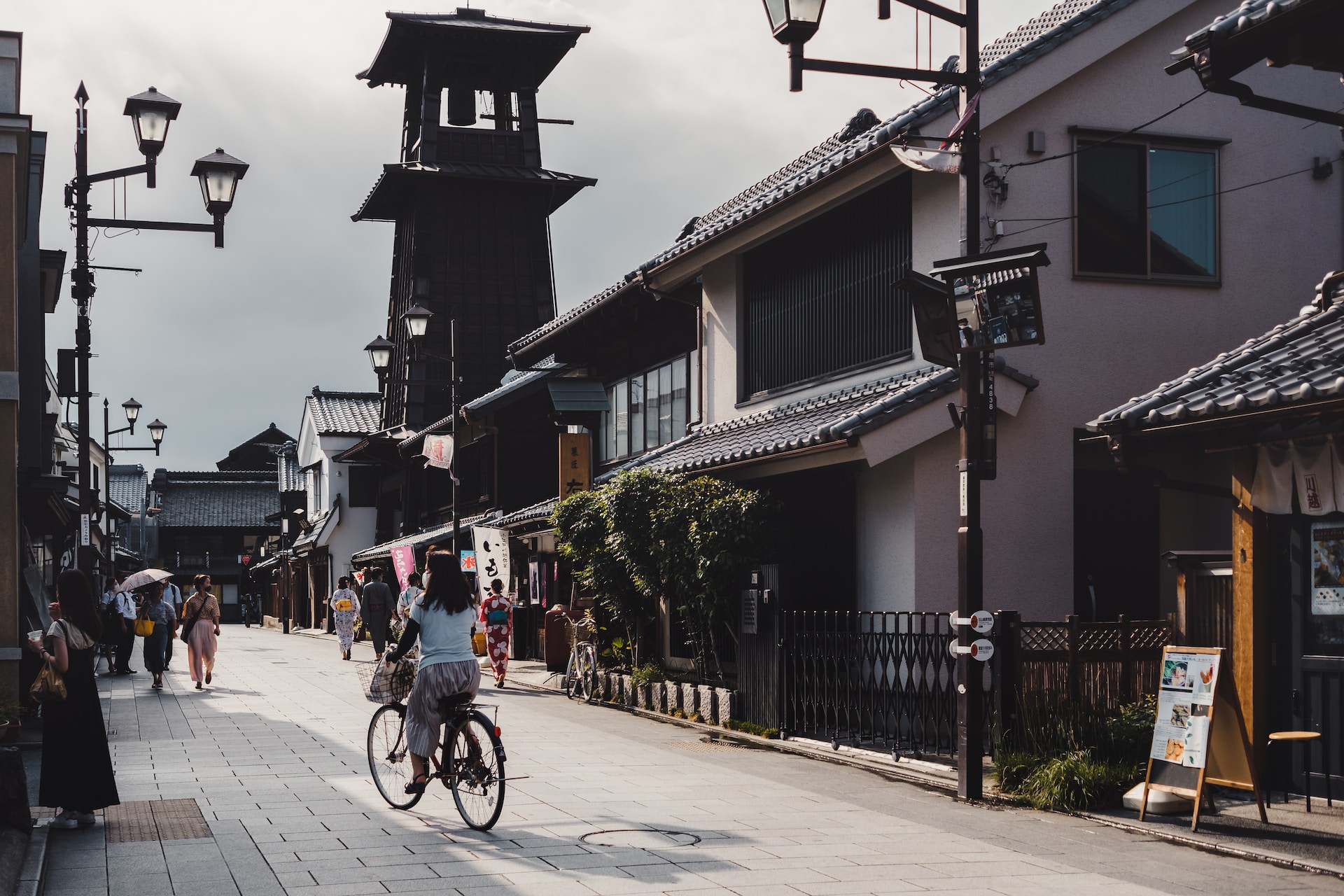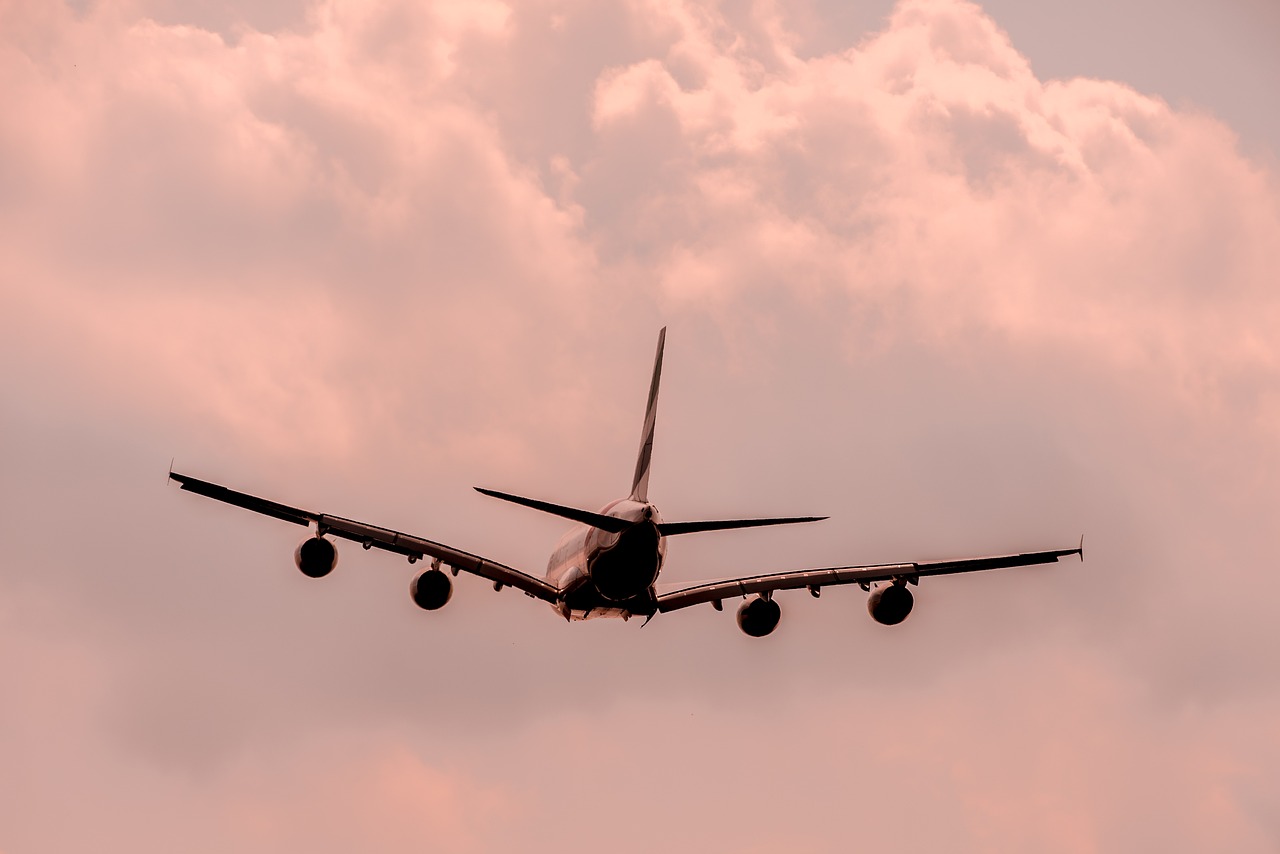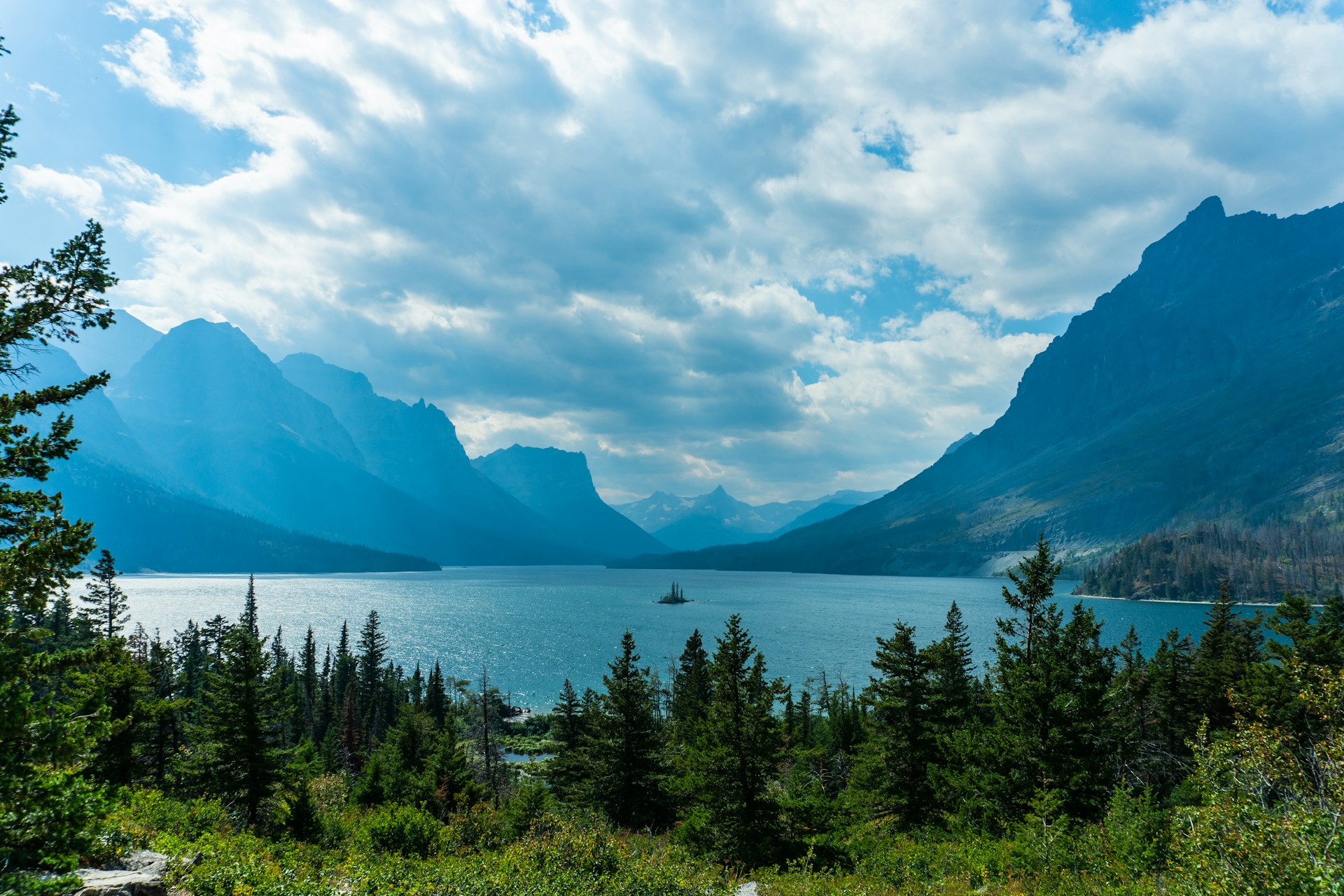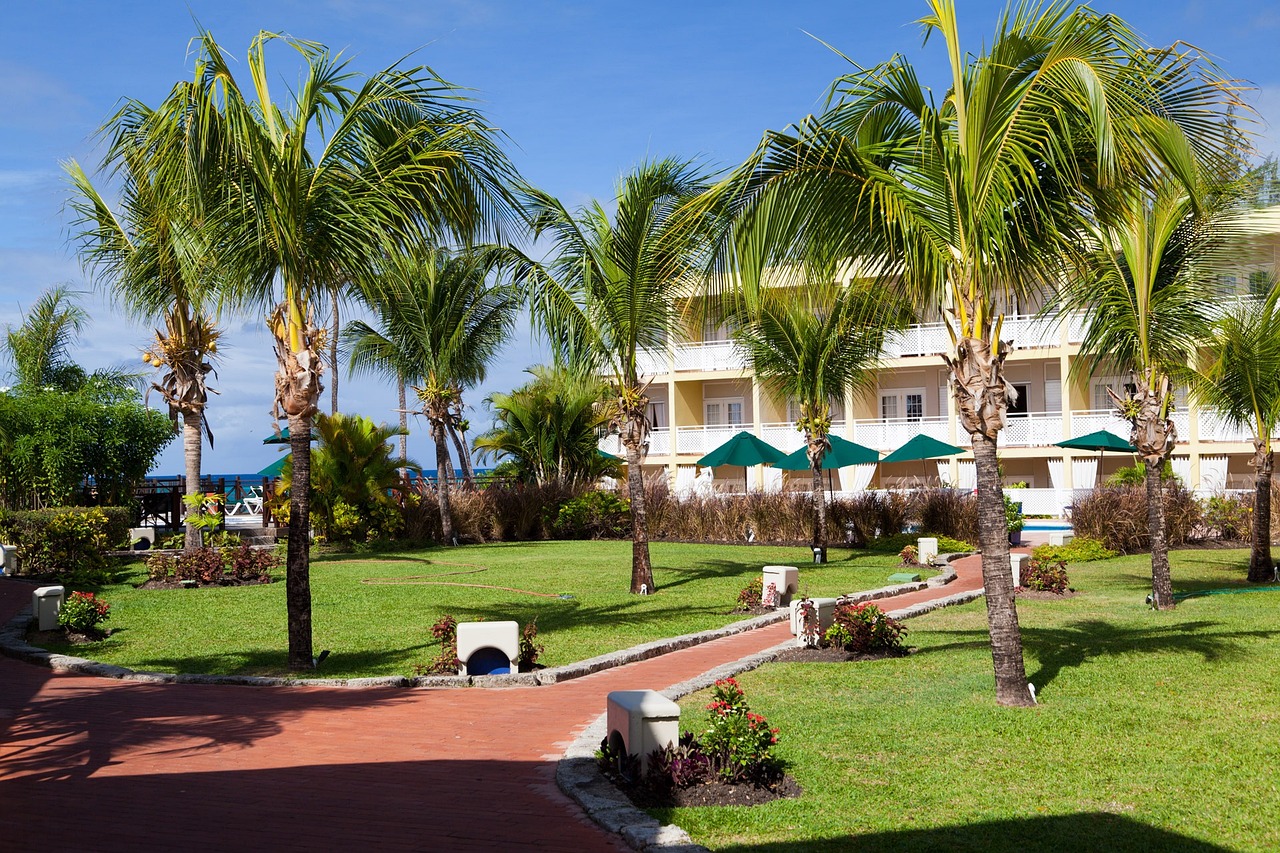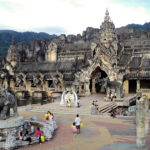Tibet, often referred to as the “Roof of the World,” is a destination that has captured the imaginations of travelers for centuries. With its breathtaking landscapes, rich culture, and spiritual ambiance, Tibet offers an unparalleled travel experience. This guide will provide you with essential information and tips to make the most of your journey to this mystical land.
Introduction to Tibet:
Tibet is an autonomous region of China, located on the Tibetan Plateau. It is home to some of the world’s highest peaks, including Mount Everest.
The region is known for its unique culture, deeply rooted in Tibetan Buddhism, and its stunning monasteries, palaces, and temples.
Best Time to Visit:
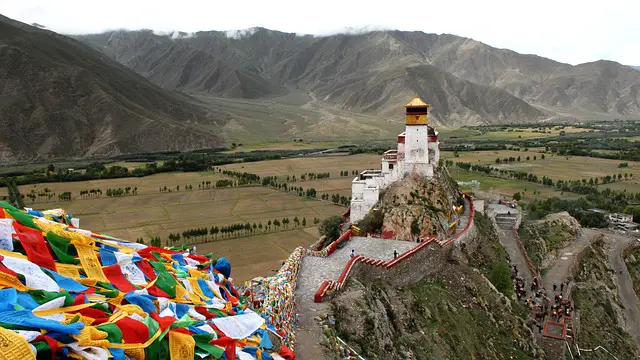
The ideal time to visit Tibet is during the months of May to October. During this period, the weather is relatively warm and the skies are clear, offering majestic views of the Himalayan peaks. However, if you wish to experience Tibetan festivals, consider visiting during Losar (Tibetan New Year) or the Saga Dawa Festival.
Getting There:
By Air: Lhasa Gonggar Airport is the main international gateway to Tibet. Several airlines operate flights connecting Lhasa to major cities in China and neighboring countries.
By Train: The Qinghai-Tibet Railway connects Xining in Qinghai Province to Lhasa, offering a scenic journey across the plateau.
By Road: You can also enter Tibet by road from Nepal through the Friendship Highway.
Must-Visit Places:
Potala Palace: Once the residence of the Dalai Lama, this architectural marvel is a UNESCO World Heritage site and offers panoramic views of Lhasa.
Jokhang Temple: The spiritual heart of Tibet, this temple attracts pilgrims from all over the region.
Namtso Lake: Known as the “Heavenly Lake,” its turquoise waters set against the backdrop of snow-capped peaks is a sight to behold.
Mount Everest Base Camp: For the adventurous, a trip to the base camp of the world’s highest mountain is a must.
Cultural Etiquette:
Tibetans are warm and welcoming, but it’s essential to respect their customs and traditions.
Always walk clockwise around religious sites.
Do not take photos inside temples without permission.
Dress modestly, covering arms and legs when visiting religious sites.
Altitude Sickness:
Given Tibet’s high altitude, it’s common for travelers to experience altitude sickness. It’s crucial to acclimatize, stay hydrated, and avoid strenuous activities for the first few days. If symptoms persist, seek medical attention.
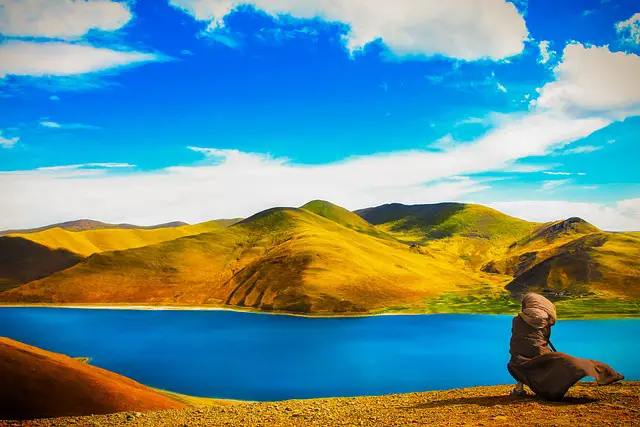
Local Cuisine:
Tibetan cuisine is hearty and flavorful. Don’t miss out on trying:
Tsampa: Roasted barley flour, often mixed with yak butter and tea.
Momos: Tibetan dumplings filled with meat or vegetables.
Butter Tea: A unique blend of tea, salt, and yak butter.
Shopping:
Tibet is a treasure trove for unique souvenirs. Look for:
Handmade Tibetan rugs
Thangka paintings
Prayer wheels and beads
Traditional jewelry
Permits and Documentation:
Foreign travelers require a Tibet Travel Permit to enter the region. Additionally, if you plan to visit areas outside Lhasa, you might need additional permits. It’s advisable to work with a reputable travel agency to ensure all documentation is in order.
Tibet is more than just a travel destination; it’s a journey into a world where spirituality, culture, and nature converge. Whether you’re seeking adventure, cultural immersion, or spiritual enlightenment, Tibet promises an experience that will remain etched in your memory forever.
Note: Always check the latest travel advisories and health recommendations before planning your trip to Tibet.
Adventure Activities:
While Tibet is primarily known for its spiritual and cultural significance, it also offers a plethora of adventure activities for thrill-seekers:
Trekking: The region boasts numerous trekking routes, ranging from easy walks around Lhasa to challenging treks in the shadow of Mount Everest. Popular treks include the Ganden to Samye trek and the Kailash Kora.
Cycling: The Friendship Highway, which stretches from Lhasa to the Nepal border, is a popular route for cyclists seeking a challenge amidst breathtaking landscapes.
River Rafting: The Yarlung Tsangpo River offers opportunities for white-water rafting, providing a unique perspective of Tibet’s rugged terrain.
Festivals:
Tibetan festivals are a riot of colors, dances, and rituals. Some notable festivals to experience include:
Tashilhunpo Festival: Celebrated in Shigatse, this festival features giant thangka paintings and traditional Cham dances.
Shoton Festival: Also known as the Yogurt Festival, it marks the end of the monks’ meditation period. The highlight is the unveiling of a massive thangka at Drepung Monastery.
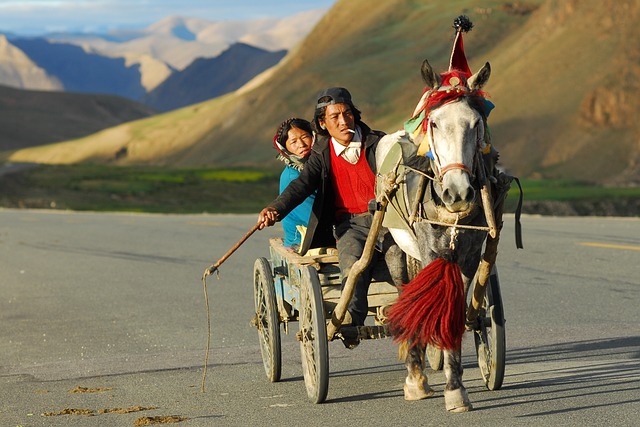
Safety Tips:
Always carry a copy of your permits and identification.
Respect local customs, especially in religious places.
Avoid discussing sensitive topics like politics.
Ensure you have travel insurance that covers high-altitude activities.
Sustainable Travel:
Tibet’s fragile ecosystem demands responsible tourism:
Avoid using plastic; carry a reusable water bottle and bags.
Respect wildlife and maintain a distance.
Stay on designated paths while trekking to avoid soil erosion.
Choose eco-friendly accommodations and support local businesses.
Language and Communication:
While Tibetan is the primary language, Mandarin is widely spoken due to Chinese influence. English is understood in tourist areas, but it’s beneficial to learn a few basic Tibetan phrases. A simple “Tashi Delek” (greetings) can go a long way in building rapport with the locals.
Tibet is a land of contrasts – from its stark landscapes to its vibrant culture. Every corner of this region tells a story, every face you meet has a tale to share. As you traverse its vast expanse, you’ll realize that Tibet is not just a place but a feeling, an emotion that resonates deep within your soul. It’s a reminder of the beauty and resilience of the human spirit, and a testament to the enduring allure of the unknown.
Embarking on a journey to Tibet is not just about ticking off a destination on your bucket list; it’s about immersing yourself in an ancient culture, understanding a different way of life, and finding a deeper connection with the world around you. So, pack your bags, set your spirit free, and let Tibet weave its magic around you.
